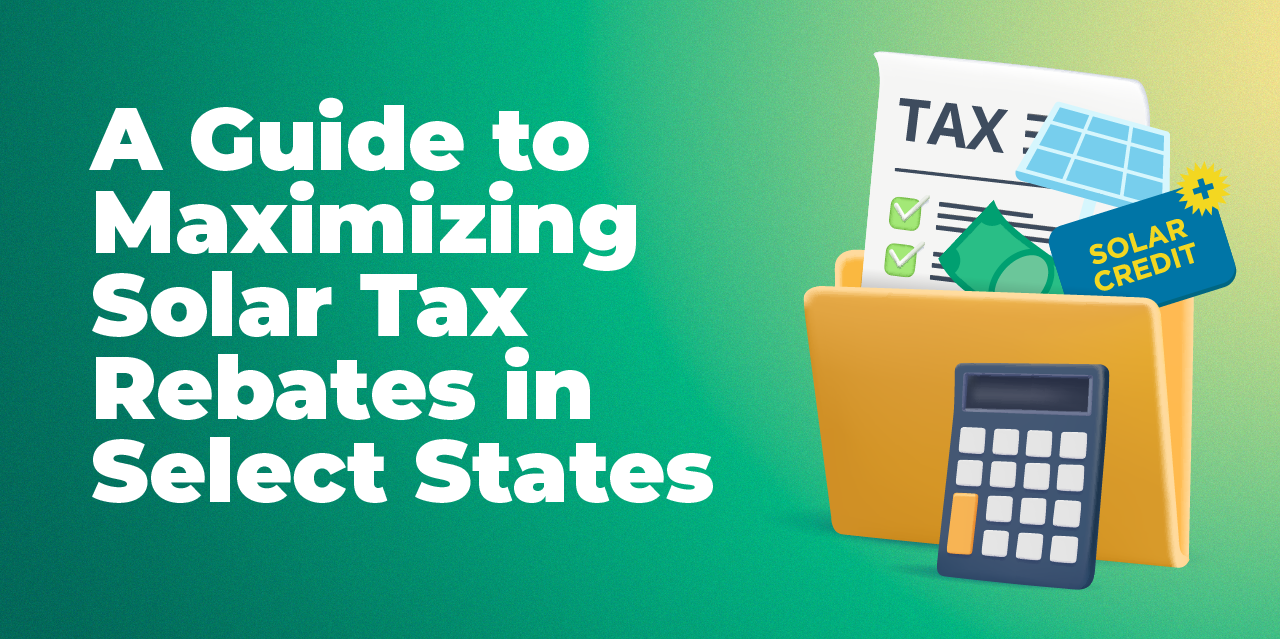Green Mountain Energy® Blog
Go green and live sustainably. We'll show you how.
The Green Mountain Energy blog is your path to explore the world of clean energy and learn ways to live more sustainably after you go green. Our blog offers updates on green living, solar energy, sustainable businesses and community news, as well as Green Mountain Energy business news and Sun Club.
February 14, 2025
Explore the essentials of home EV charger installation, including benefits, steps and tips for maximizing convenience, savings and sustainability.
February 12, 2025
Electric vehicles in cold weather can maintain optimal performance by following these helpful tips for EV drivers.
February 11, 2025
Discover essential tips for finding a reputable solar installer, including how to avoid solar scams, ensure quality and enjoy a smooth solar panel installation process.
February 07, 2025
Discover the latest advancements in electric vehicle technology and what the future of EVs holds for us — and the planet.
February 05, 2025
Learn how you can use solar tax credits to reduce your solar panel system installation expenses while helping the environment.
January 29, 2025
Discover all the different solar tax rebates and incentives your state may offer.
December 03, 2024
Make your next gathering an eco-friendly event with these simple tips for hosting a sustainable party.
September 27, 2024
This Halloween, you can be both spooky and sustainable with these 5 tips.
September 05, 2024
In honor of Hispanic Heritage Month, Green Mountain Energy would like to highlight the efforts and accomplishments of these Hispanic pioneers in the environmental sector.
July 09, 2024
Celebrating 27 years of Green Mountain Energy and the progress clean energy has made since 1997.
Blog Categories
Our love letter to the planet.
The goal of Green Mountain Energy’s blog is to advance our mission by being open and honest about sustainability. By providing a space to talk about clean energy and its importance, we aim to elevate environmental awareness and encourage action for our planet.
We love supporting our customers’ steps toward sustainable living and believe that they, too, can show others how to go green and grow their impact. For us, it’s all about igniting positive change so that we all can choose a cleaner planet.
Ready to go green? Sign up for clean energy today.
Our customers have avoided
pounds of CO2
That’s like planting
new trees.









